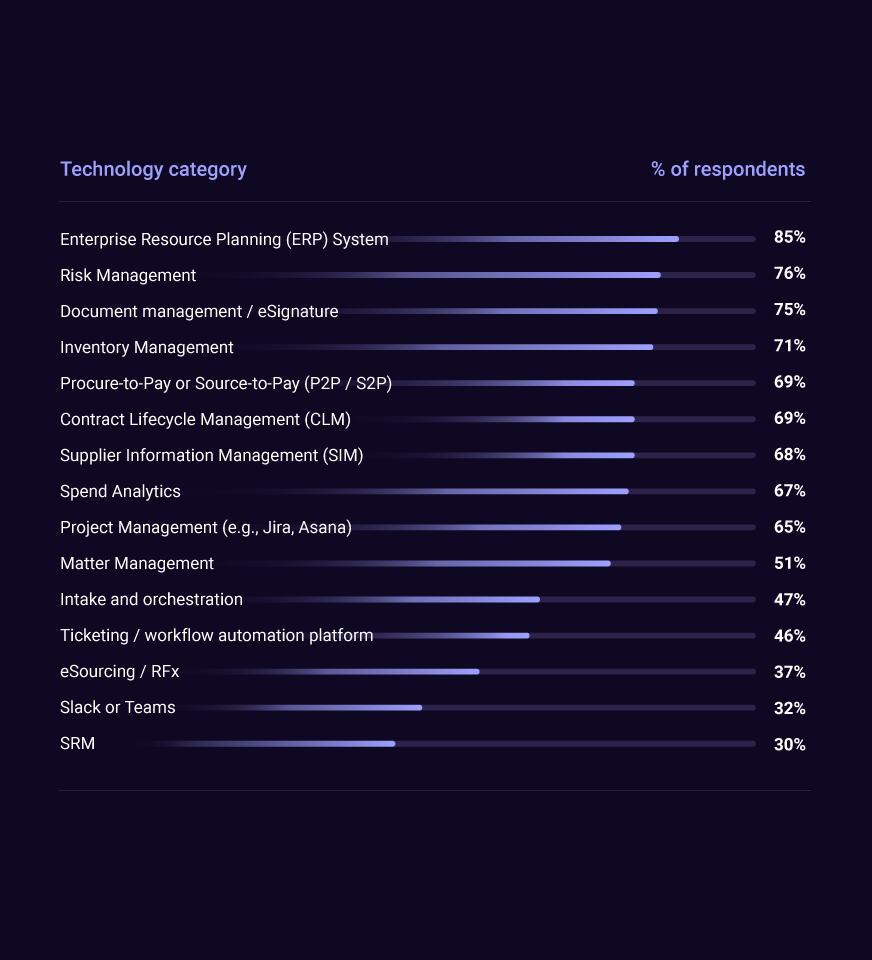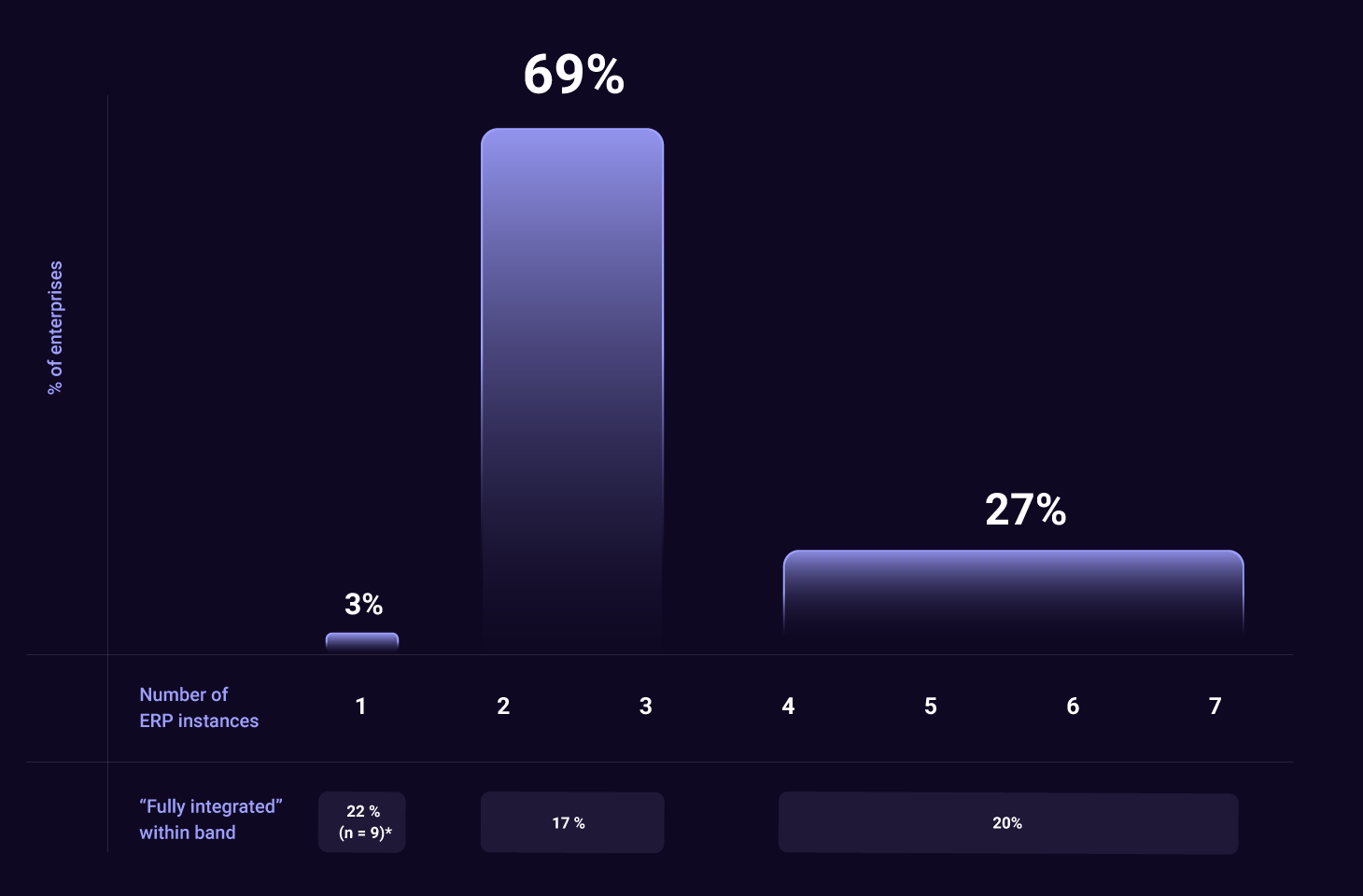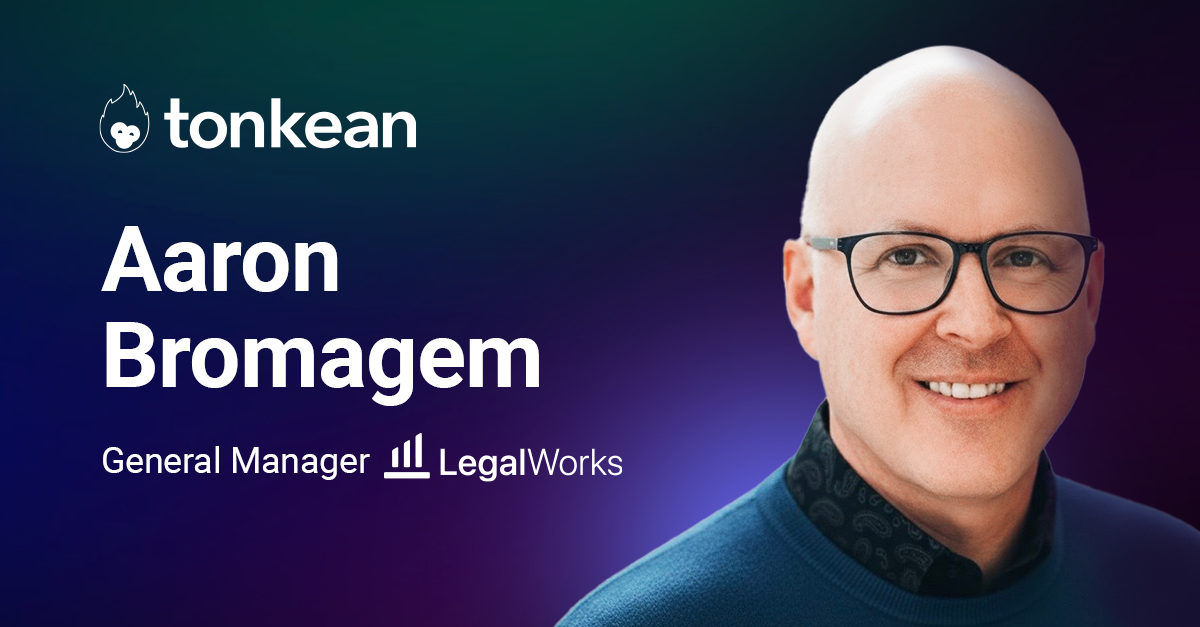
In our recent survey of enterprise procurement leaders, The State of the Procurement Tech Stack, we asked respondents to list their priorities and motivations when it comes to agentic procurement orchestration initiatives.
The results served to illuminate precisely why agentic procurement orchestration is gaining so much traction as a procurement technology category—along with what the future of AI agents in procurement might ultimately look like.
Procurement orchestration technology enables procurement teams to coordinate automated business processes across departments, data systems, and application environments.
It provides procurement leaders a means of more seamlessly “orchestrating” all their organization’s component parts—that is, their unique mix of people, data, and tools—to drive better business outcomes, improve procurement performance, and create more seamless and personalized process experiences for employees.
Agentic procurement orchestration can be thought of as orchestration that empowers procurement teams to include in this mix of manipulatable components specialized, autonomous AI agents.
Agentic procurement orchestration is essential to AI implementation initiatives for the same reason regular-old process orchestration has proven essential to all manner of procurement transformation projects: it puts you in control of your tech.
This is simply essential. If you want to derive truly transformational value out of AI agents, you need a way of managing them safely and efficiently across your entire org, such that they can autonomously facilitate processes end-to-end. You need a way to easily build, deploy, and edit agents. You need a means of creating guardrails for their capacity and use, and of surfacing them for employees strategically—that is, when and where they need it. Further, you need support for multi-agent architecture that ensures your agents are able to collaborate with each other to automate complex work over time—and in every edge case.
This, our survey found, is what modern procurement leaders want and need out of their AI investments—AI that behaves less like a clever assistant and more like a networked colleague.
Here’s how the data breaks down:

In other words, procurement leaders want AI agents that talk to every system, and that can work not just in narrow environments or on discreet tasks, but on truly strategic work that spans your entire tech stack and organization.
To use AI agents to such ends, you need agentic orchestration.
There’s another reason, however, that excitement about agentic procurement orchestration is growing: concurrent frustration with certain of procurement’s most intractable technology problems.
Another key finding of our survey was that enterprise procurement teams are still struggling with many of the same issues—related to experience, efficiency, and performance—that they’ve been struggling with for years.
These problems are rooted in—and indeed actively exacerbated by—modern approaches to procurement technology.
For example, we found that the typical enterprise procurement function counts no fewer than 15 essential apps in their technology stack alone. Enterprise procurement keeps layering point solutions on top of its ERP ‘anchor.’ (97% of our respondents told us they use more than one ERP, and 27% claimed four or more.)


The upside of this is best-in-class capability: specialized sourcing suites, always-on risk engines, AI-powered contract redlining. The downside is a patchwork of logins, data models, and overlapping workflows that no single stakeholder fully sees… and that ends up having disastrous consequences in terms of both performance and experience.
In our survey, 88% of procurement leaders said employees must log into at least 2 external systems for every single procurement request. Only 18% describe their stack as “fully integrated.”

When fragmented tooling meets impatient employees, the user experience collapses, and procurement performance takes a hit.
Behind every stalled purchase or rogue invoice, for example, is a double-sided human frustration—an employee once again burdened by a process that can’t technologically accommodate the way they like to work; a procurement team member who once again has to take the time to manually fix the issue.
These frictions don’t just erode efficiency; they sap morale, invite risk, and steal time that could be spent on higher-value work.
It’s precisely this friction that agentic procurement orchestration promises to eliminate.
The solution to the problems surfaced in our survey isn’t, of course, investing in one more niche tool. Nor is it jettisoning existing platforms. The key is connectivity; in our survey, respondents who describe their technology environments as fully integrated reported shorter downstream cycle times, far fewer manual reconciliations, and much higher rates of agent-usage.
The way you foster that connectivity is through orchestration.
How does it work? Orchestration platforms operate out of what might be thought of as the “orchestration layer” of your technology stack and operational infrastructure. They sit above your organization’s component parts and provide you a means of unifying your data, enforcing policy invisibly, and meeting employees where they already work.

By connecting all the different systems, environments, and departments your cross-functional processes touch, the orchestration layer allows you to coordinate work end-to-end. It allows you to bridge gaps between point solutions and accommodate the real-world flow of work. And it allows you to help your people and agents work together to solve problems.
Want to see for yourself? Recently, in a webinar hosted by SIG, Tonkean CEO and co-founder Sagi Eliyahu and Tonkean’s Procurement General Manager Frank de Alameida provided procurement leaders a live demo of Tonkean’s Agentic Procurement Orchestration capabilities in action.
Agentic procurement orchestration is in its early days yet. Agentic AI use cases in procurement, as Gartner put it in its most recent Procurement Hype Cycle, are “just emerging but have vast potential.” That potential includes the promise “to transform traditional procurement functions into proactive, strategic operations that can adapt quickly to changing market conditions.”
We’re already seeing the impact, however. Here at Tonkean, our clients who’ve implemented agentic orchestration internally are realizing exponential gains in performance—drastic reductions in cycle times, massive increases in efficiency, and of course, intelligent agents conducting work autonomously, safely, and in collaboration with humans across teams.
The functional importance of being able to effectively orchestrate your organization’s various component parts, from data stored in systems like Salesforce to the skillsets of your human employees to AI agents that can pull information from all your internal systems and present them to humans when and where they need it—is something more and more procurement leaders are waking up to across the enterprise.
Orchestration is proving the key to leveraging your existing technology investments more seamlessly and harmoniously, such that the process experiences you provide employees are truly beneficial for them. It’s also the best way to make new innovative capabilities available to employees, such that you’re always empowering them efficiently. As Tonkean co-founder Sagi Eliyahu recently put it in Crunchbase, “The essential infrastructure for AI in the enterprise isn’t your LLM—it’s orchestration.”
Not all orchestration technology is created equal. To be truly valuable, your internal orchestration capacity must be comprehensive and holistic. Anything less doesn’t cut it.
Assuming you’ve got the right kind of orchestration in place, however, you should feel excited about the state of agentic procurement orchestration. The limiting factor for procurement teams looking to improve their own performance, deliver more business value, and design more seamless and valuable employee experiences is no longer access to powerful, personalized, intelligent technology—we have that now—it’s finding a way to use that technology better together.
We have that now, too.
Want to learn more about Tonkean’s Agentic Procurement Orchestration platform? Click here.

